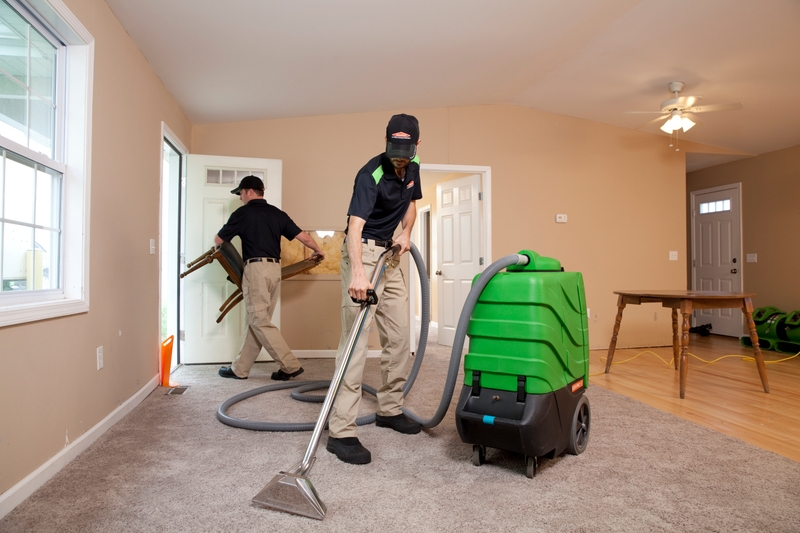
Water damage is the worst nightmare of any homeowner. Flooding, leaks, or bursts of pipes can all have disastrous consequences. If you act quickly and properly, the damage can be minimized, and your basement restored to its former glory. This guide will help you understand how to treat water damage if your basement is finished properly.
Safety and Assessment
To treat water damage effectively, you must first determine the extent and severity of the damage. Switch off power before entering an area that has been damaged to prevent electric shock. To minimize the exposure to contaminants, you should also wear protective gear, including gloves, boots, a mask, and boots.
As soon as you’ve taken safety measures, carefully inspect your basement. Determine the source of the intrusion to water and the extent of the damage. Look for signs of water pooling in the basement, such as dampness or mold growth. You should note which items are salvageable and which may have to be thrown out.
Water Removal & Drying
The next critical step is to remove all standing moisture and completely dry the basement. Depending on how severe the damage is, you may require a combination of dehumidifiers, pumps, and wet vacuums to remove water. Ensure that there is adequate ventilation by opening the windows and using fans.
It’s important to act fast to prevent further water damage and the development of mold or mildew. Professional Water Restoration Company can help speed up water removal and drying processes with specialized equipment. The professionals have the knowledge and expertise to evaluate the situation accurately and implement efficient solutions to restore and protect your basement.
Cleaning and Disinfection
Once the water has dried, you should thoroughly disinfect the basement to get rid of bacteria, molds, and other contaminants. Scrub with a mild detergent or use a specialized cleaning product on all surfaces, such as walls, flooring, and furniture. Pay special attention to areas submerged in a liquid or prone to mold growth.
Use a disinfectant as soon as you’re done cleaning. It will help kill any bacteria that may remain and reduce the growth of mold. To prevent exposure to toxic substances, you must follow safety protocols and wear protective equipment during cleaning.
Repair and Restoration
Now that the basement has dried and been cleaned, evaluating and repairing structural damage is important. This can include fixing leaky pipes, sealing cracks in the foundation, and replacing damaged drywall flooring and insulation. To get the job done right, you should call in a professional.
Reputable water restoration companies can provide comprehensive repairs and restoration services customized to your requirements. These companies have the resources and expertise to restore your damaged basement to its original state.
Preventative actions
By taking proactive precautions, you can prevent further water damage in your basement. It may be necessary to install a pump for water collection, waterproof your walls and floors, or maintain drainage around the home. You should also regularly inspect the plumbing fixtures, appliances, foundation, and other areas for signs of leaks or damage.
You should also consider comprehensive coverage that protects your property and possessions from water damage.
Conclusion
With the right approach and professional assistance, you can successfully treat the water damage and restore the finished basement to its original state. If you follow the instructions in this guide and take preventative measures to protect your basement, you will reduce the likelihood of further water damage.
